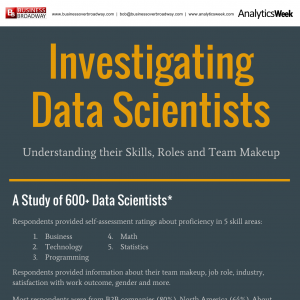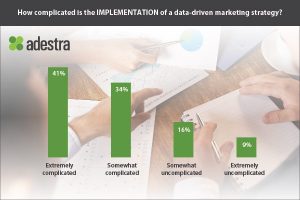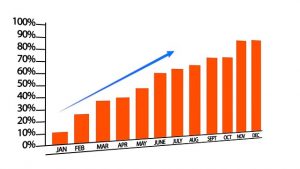— August 22, 2018
In 2018, the digital marketing landscape is more competitive than ever. With spend rising rapidly on all channels, the pressure is on digital marketers to prove their ROI and acquire more customers at lower costs. In the face of this rising pressure, many marketers believe their strategies are ineffective. In an environment where every conversion counts, optimizing for inbound calls can be the difference-maker. We’ve compiled a list of must-know statistics below.
Digital Advertising is Getting More Competitive
By 2020, business will spend $ 110 billion on digital advertising in the US. To put this statistic in context, businesses will spend more on digital advertising in the US in 2020 than on TV and print ads combined. It’s a powerful testament to the importance of digital advertising in the modern marketing mix (Source: eMarketer).
The average cost per action (CPA) is $ 49 for paid search and $ 75 for display ads. These numbers help illustrate how competitive digital advertising can be for many industries. The stakes for digital have never been higher, and neither has the pressure on marketers and agencies to optimize campaign performance to win more customers at lower costs (Source: WordStream).
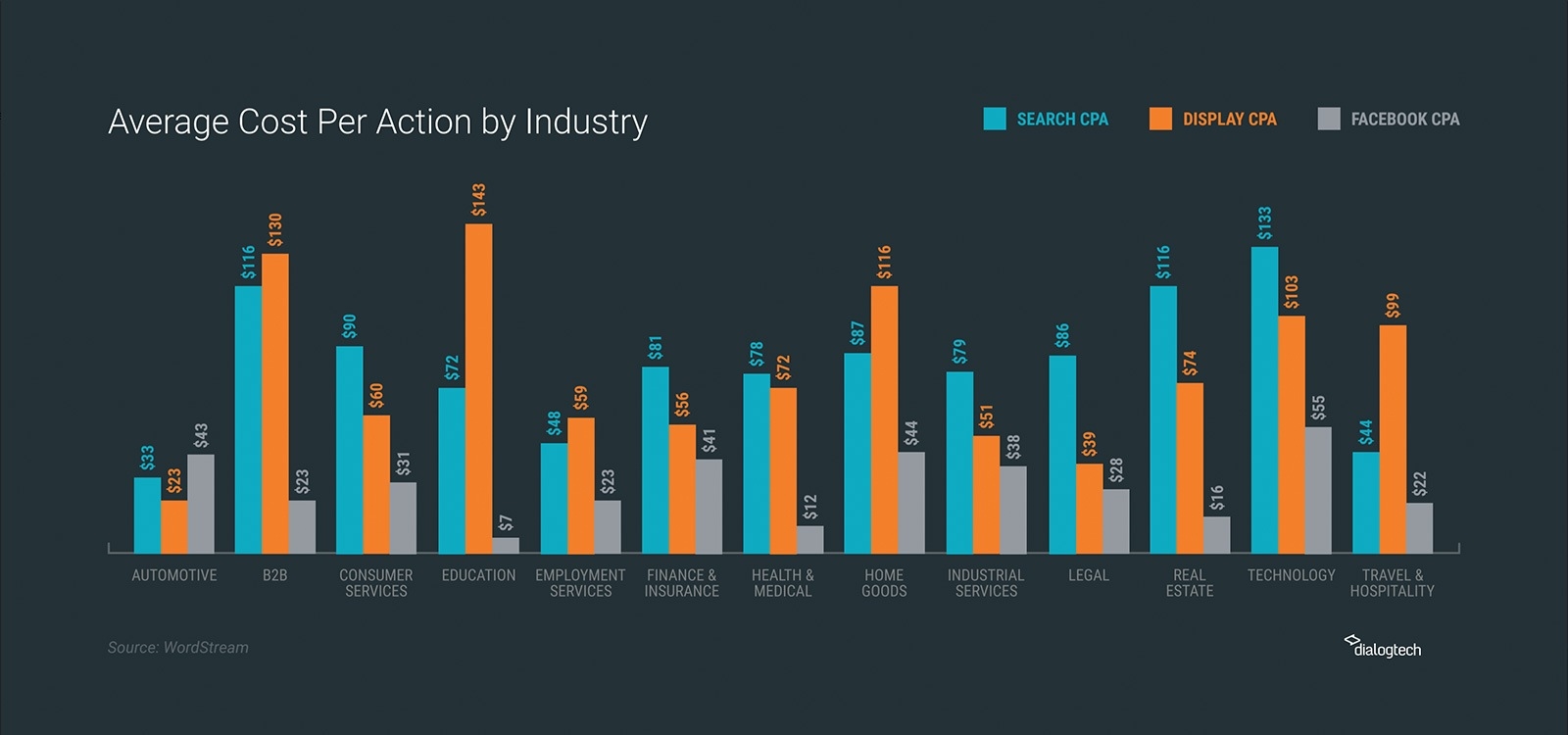
In 2019, US Facebook ad spend is expected to reach $ 25.56 billion. This represents a 107% increase from 2016. Despite emerging competitors and Facebook’s recent controversy, the competition continues to heat up on this platform (Source: eMarketer).
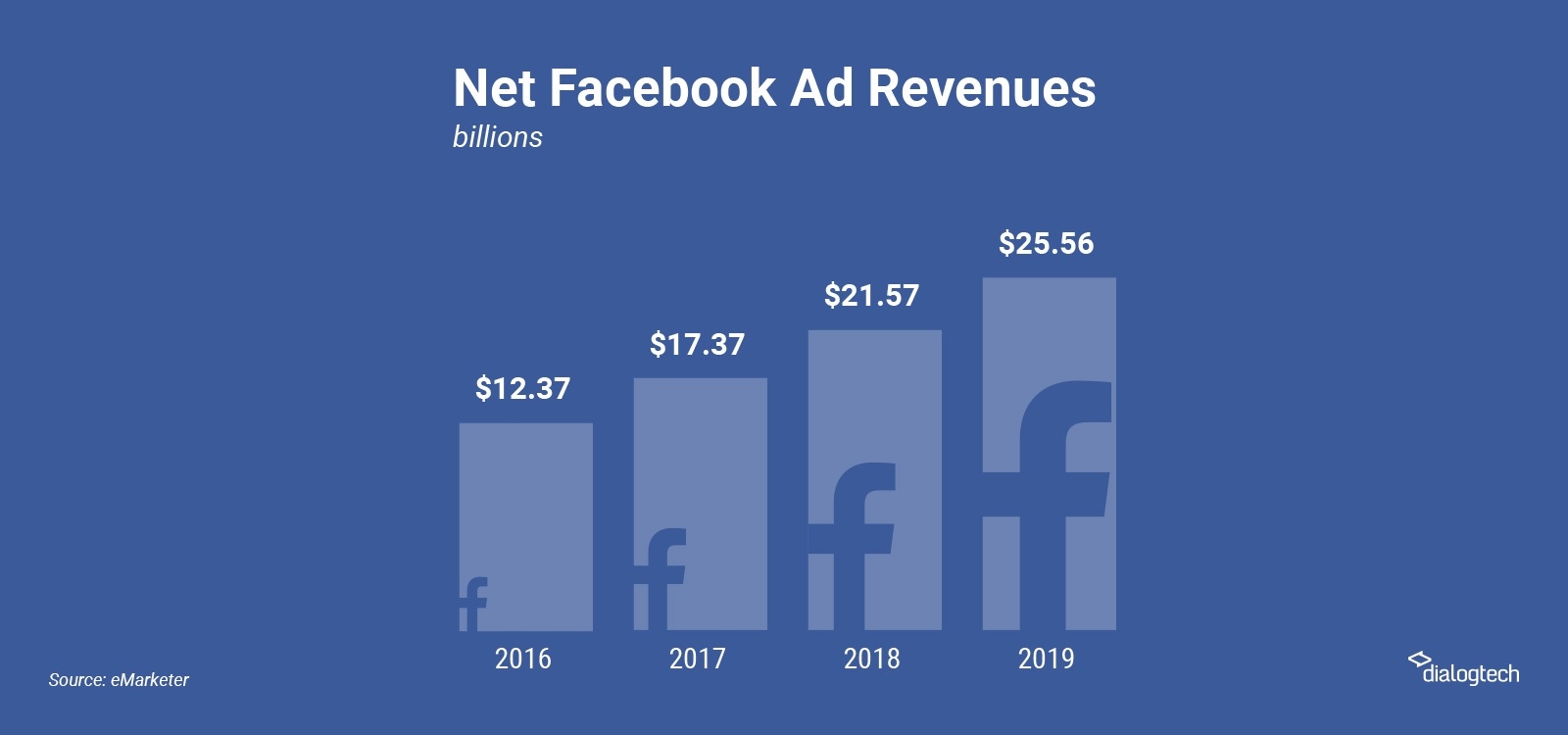
In 2019, US LinkedIn ad spend is expected to reach $ 1.02 billion. This is a 40% growth in ad spend since 2016. LinkedIn is quickly becoming a staple advertising channel for B2B marketers (Source: eMarketer).
Marketers Are Using Ineffective Strategies
Only 61% of marketers believe their marketing strategy is effective. Even though many marketers doubt their strategies, they’re still pouring massive spend into digital advertising (Source: HubSpot).
40% of marketers say proving the ROI of their marketing activities is their top marketing challenge. Despite allocating large portions of their budgets to digital ads, many digital marketers are unable to fully gauge their results (Source: HubSpot).
80% of marketers report their lead generation efforts are only slightly or somewhat effective. Lead generation is another challenge for digital marketers—especially when they fail to track and optimize every phase of the customer journey (Source: BrightTALK).
22% of businesses are satisfied with their conversion rates. Driving leads is only half the battle—in many cases, leads can fall through if sales agents aren’t fully equipped to handle them (Source: Econsultancy).
42% of B2B marketing professionals state that a lack of quality data is their biggest barrier to lead generation. The modern customer experience is fragmented across numerous channels, making it difficult to gain a holistic view of the customer journey. With higher quality, more actionable data that ties the customer journey together, marketers can make smarter optimizations (Source: BrightTALK).
Optimizing Your Call Channel Can Give You an Edge
Mobile ads will drive over 162 billion phone calls by 2019. It’s a common misconception that, because the world is becoming more digitized, phone calls have lost their importance. This statistic proves that mobile ads and click-to-call features are driving more calls to businesses than ever before (Source: BIA/Kelsey).
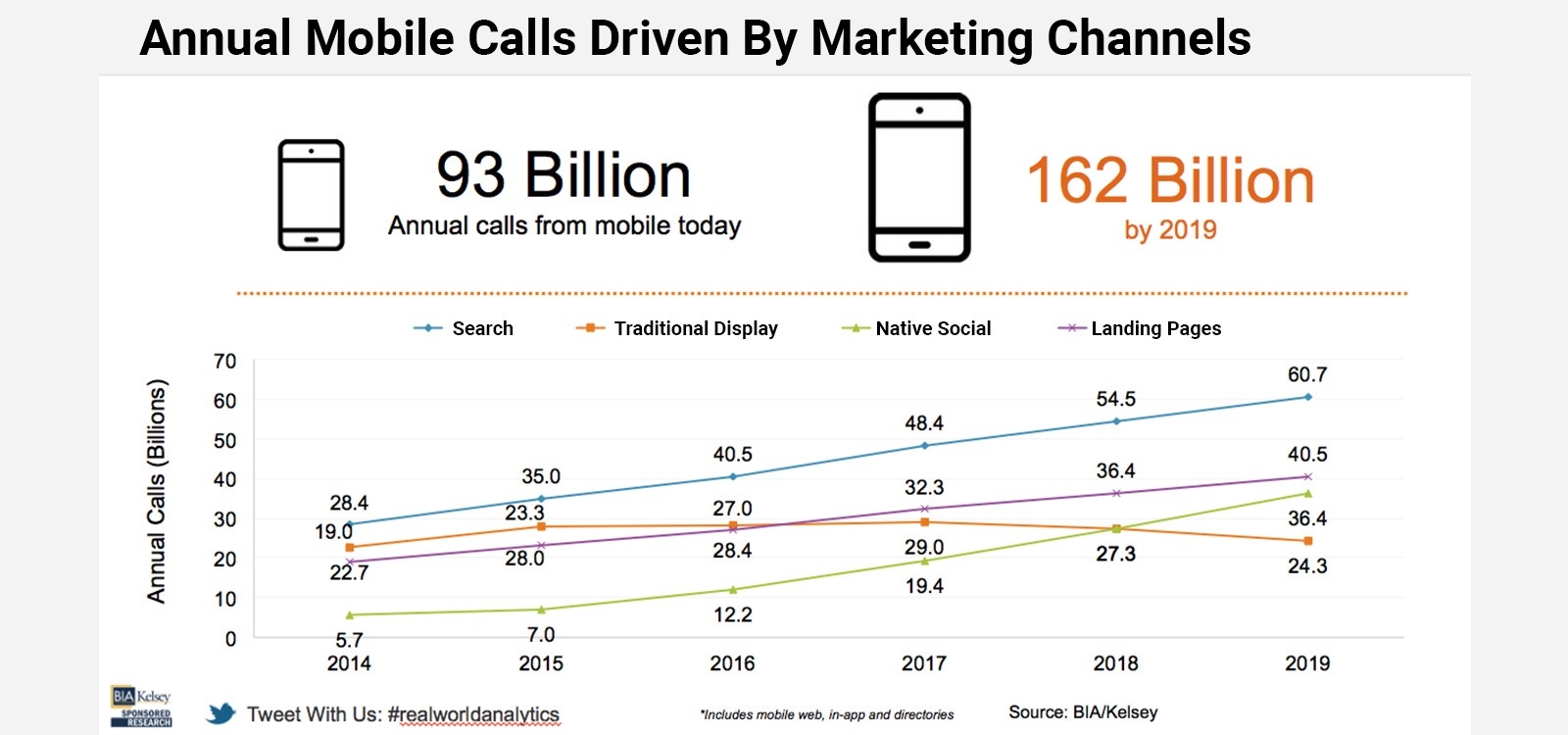
28% of people who perform a local voice search go on to call the business. In addition to digital ads, voice searches are driving a wealth of inbound calls. Calls are the most popular action after a local voice search. The seamless transition from voice search to phone call—whether on a smartphone or smart speaker—makes this option especially desirable (Source: BrightLocal).

Source: BrightLocal
Calls convert to revenue 10-15x more often than web leads. Inbound callers have a high purchasing intent, and they’re usually further along in the customer journey than someone who fills out a web form (Source: BIA/Kelsey).
Callers convert 30% faster than web leads. People often call because they need to immediate assistance—they don’t have time to fill out a web form and wait around for a response (Source: Forrester).
Callers spend, on average, 28% more than web leads. In many cases, callers are the most valuable leads—this is a channel marketers cannot afford to ignore (Source: Forrester).
To learn best practices to harness the power of inbound calls and make smarter optimizations, download our Marketer’s Big Book of Call Tracking Success Stories.
Digital & Social Articles on Business 2 Community
(92)

